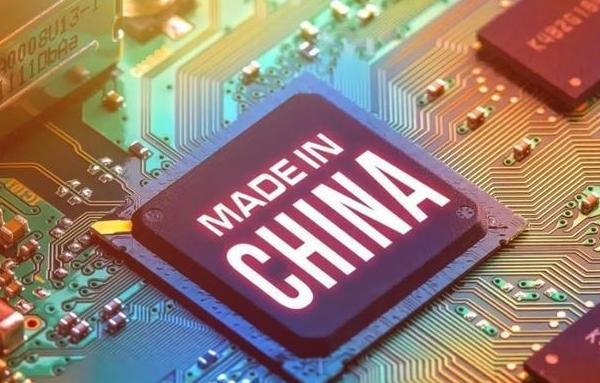Provide Customers
Electronic Components Global Supply Chain Services
Most backend factories are not yet using Industry 4.0 technologies in their critical operations

Becoming a semiconductor producer is currently a tricky process. Wages and energy prices have risen while capital expenditures have climbed in previously low-cost industrial areas. At the same time, competition is heating up, with a slew of new businesses entering the market in recent years. Industry players are understandably anxious about these changes, and they have been pursuing record levels of M&A activity in hopes of capitalizing on the next wave of productivity growth.
The manufacture of semiconductors is divided into two phases: the "front end" and the "back end." Back-end semiconductor manufacturing refers to the manufacturing operations after all circuits are formed on a wafer. Revolutionary technology is created by combining extraordinary accuracy and precision with enormous throughput.
Servo drives are used in many operations in back-end semiconductor production due to their superior performance and repeatability, which is required for high-end semiconductor processing.
Most back-end factories in emerging countries have yet to use Industry 4.0 technologies in their critical operations, including wafer dicing, assembly, testing and individual semiconductor packaging. Many of these factories are still struggling to implement the lean methods common to front-end factories. Even when back-end manufacturers reap some benefits from lean initiatives, they often struggle to keep up.
In the face of growing consumer demand and increasing industry competitiveness, back-end activities are increasingly relevant in semiconductor production. More efficient tools are needed to assist with machine setup and batch scheduling decisions to achieve shorter cycle times, high throughput, and high utilization, while improving due date performance.
Ranking backend tool process
Wafer Inspection
Optical wafer inspection looks for defects that can cause problems in the final product. Defects and interferences as small as 30 nanometers can be detected, with effective use as small as 10 nanometers. Electron beam inspection overcomes the limitations of optical inspection and is accurate to sub-3 nanometer resolution. Compared to optical inspection, e-beam inspection can identify the tiniest of faults, but with lower throughput. When flaws and annoyances are discovered, they are mapped and corrected or avoided.
Wafer Test/Wafer Probe
The chips are first tested throughout the semiconductor manufacturing process to ensure they perform as expected. Functional checks are performed while the chip is still on the wafer, using a test fixture with pins to make contact with circuits on the surface of the chip. The chip's signal response is sent and measured by the probe. If feasible, repair faulty chips; otherwise, they will be destroyed after the cutting process.
Dicing wafers
In this back-end semiconductor manufacturing process, the finished wafer is diced into individual chips. Mechanical sawing and laser cutting are two types of automation. The dicing saw uses a circular cutting blade to mechanically saw the die to a size of 35mm to 0.1mm. The chips are then transferred to the die bonding process using chip handling equipment.
Servo motion is used to align the dicing saw and wafer and adjust the dicing blade.
die bonding
Individual chips are too small and fragile to handle individually. They must be protected and there must be an easy way to electrically connect to the chip. The process of bonding a bare die to a substrate is called die bonding or die attach.
In the next process, the substrate will serve as the interface between the tiny size of the chip and the large-scale electronic processing. It will also serve as the basis for the PC board protection chip package.
line connector
Wire bonding uses thin gold wires to connect each pad on the die to the corresponding pad on the substrate after the die is bonded. This connects the silicon chip inside the chip container to the pins on the outside through electrical connections. Wire bonding is used in traditional chip packages such as dual in-line packages (DIPs) with their characteristic black rectangles with silver pins protruding like worm legs, while PLCC packages have conductors on all four sides.
The wire bonders operate at breakneck speeds to maintain the large number of connections required for each chip. In fact, this is one of our most bandwidth-intensive applications.
Flip Chip / Solder Ball
Flip chip mounting "backwards" as a modern alternative to wire bonding. Hence, the term "flip chip" was born. Unlike the wires connected around the edge of the chip in wire bonding, an array of "bumps" is created on the surface of the chip. These bumps serve as connectors between the chip and the surrounding container. Here are some benefits of flip chip technology:
Better connections to chips, rather than wire bonds, add extra length, capacitance, and inductance, all of which slow down signal speeds.





